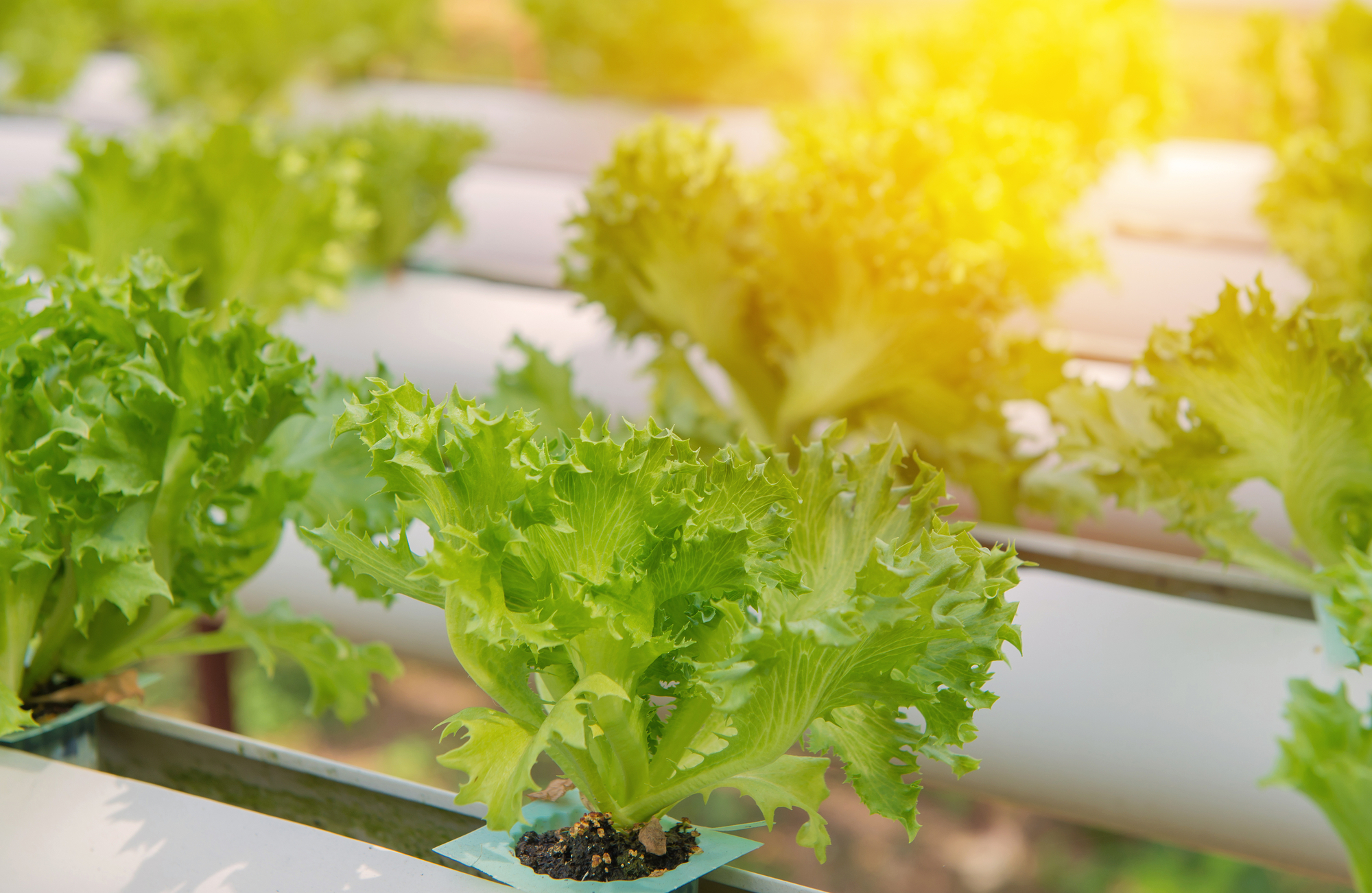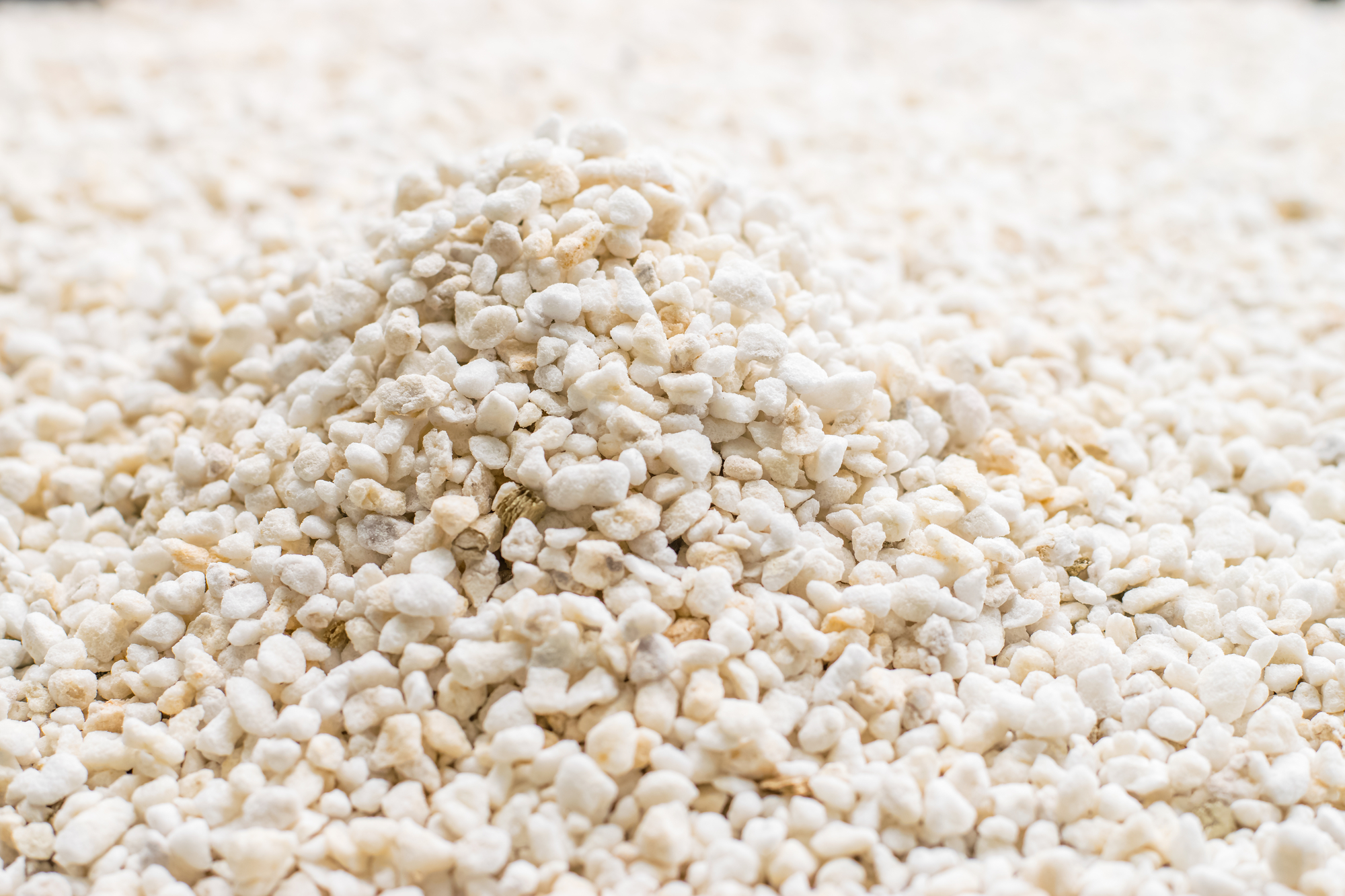Hydroponics Grow Mediums
An In-depth Overview
Hydroponics, the method of cultivating plants without soil, relies on various grow mediums to provide plant roots with stability, oxygen, and sometimes even nutrients. Each grow medium has its unique properties that cater to different types of plants and systems. Let’s dive deep into the most popular hydroponic grow mediums and explore their characteristics.
Our detailed reviews of hydroponic grow mediums will help you choose the right medium for your hydroponics project.



Rockwool
Rockwool is made from basalt rock and chalk that are melted at high temperatures and spun into a fibrous cube or slab, resembling cotton wool.
Properties:
- pH neutral after manufacturing.
- Retains water while providing good aeration.
- Sterile, preventing potential diseases.
- Non-degradable, meaning it won’t break down over time.
Usage: Often used in commercial hydroponics, seed starting, and drip systems.
Drawbacks: Non-biodegradable and can be irritating to skin and lungs if not handled with care.

Perlite
Perlite is derived from volcanic glass and heated until it expands into lightweight, white, porous granules.
Properties:
- Lightweight and provides excellent aeration.
- Does not retain water well, so it’s often mixed with other mediums.
- Sterile and pH neutral.
- Provides no nutrients.
Usage: Popular in ebb and flow systems and sometimes mixed with vermiculite or coco coir.
Drawbacks: Can float in some systems and may produce dust which can be harmful when inhaled.

Vermiculite
A mineral that expands when heated.
Properties:
- Excellent water retention.
- Provides some minerals to plants.
- Can compact over time.
- Often mixed with perlite to offer both aeration and moisture retention.
Usage: Suitable for seed starting and often combined with other mediums.
Drawbacks: Over-saturation can lead to root rot due to its high moisture retention.

Expanded Clay Pellets (Hydroton, LECA)
Formed by heating clay to high temperatures until it expands into lightweight, round pellets.
Properties:
- Neutral pH.
- Good aeration and drainage.
- Reusable after sterilization.
- Provides stability to plant roots.
Usage: Popular in ebb and flow systems, deep water culture (DWC), and aquaponics.
Drawbacks: Can be more expensive compared to other mediums.

Coconut Coir (Coco Coir)
Made from the husk of coconuts.
Properties:
- Excellent water retention.
- Renewable and biodegradable.
- Can have a slightly acidic pH which might require buffering.
- Resistant to pests and fungal growth.
Usage: Used in a variety of systems and often combined with perlite to improve aeration.
Drawbacks: Quality can vary among brands, and it may require pre-rinsing to remove salts.

Peat Moss
Accumulated material from boggy areas, consisting of decomposed organic matter.
Properties:
- Acidic pH.
- Good water retention.
- Biodegradable.
Usage: Rarely used pure in hydroponics; it’s often mixed with perlite or vermiculite.
Drawbacks: Not sustainable as it depletes natural peat bogs. Can compact and become waterlogged.

Oasis Cubes
Foam-like material specifically designed for plant propagation.
Properties:
- Even water and air distribution.
- Lightweight.
- Easy to transplant.
Usage: Mainly used for seed starting and plant propagation.
Drawbacks: Limited to early plant growth stages.
Conclusion
Choosing the right hydroponic grow medium depends on the specific requirements of your plants, the type of hydroponic system you’re using, and your personal preferences. While some mediums excel in water retention, others offer superior aeration. In many cases, a combination of mediums can provide an optimal environment for your plants. Experimenting with different mediums and monitoring plant response is key to finding the perfect match for your hydroponic endeavors.
Stay In Contact
Drop us a note and let us know what is on your mind regarding hydroponics.
Address
2700 Brase;ton Hwy. Suite 10-244, Dacula, Ga. 30019
Phone
(706) 247-7060
